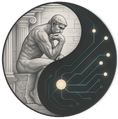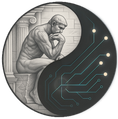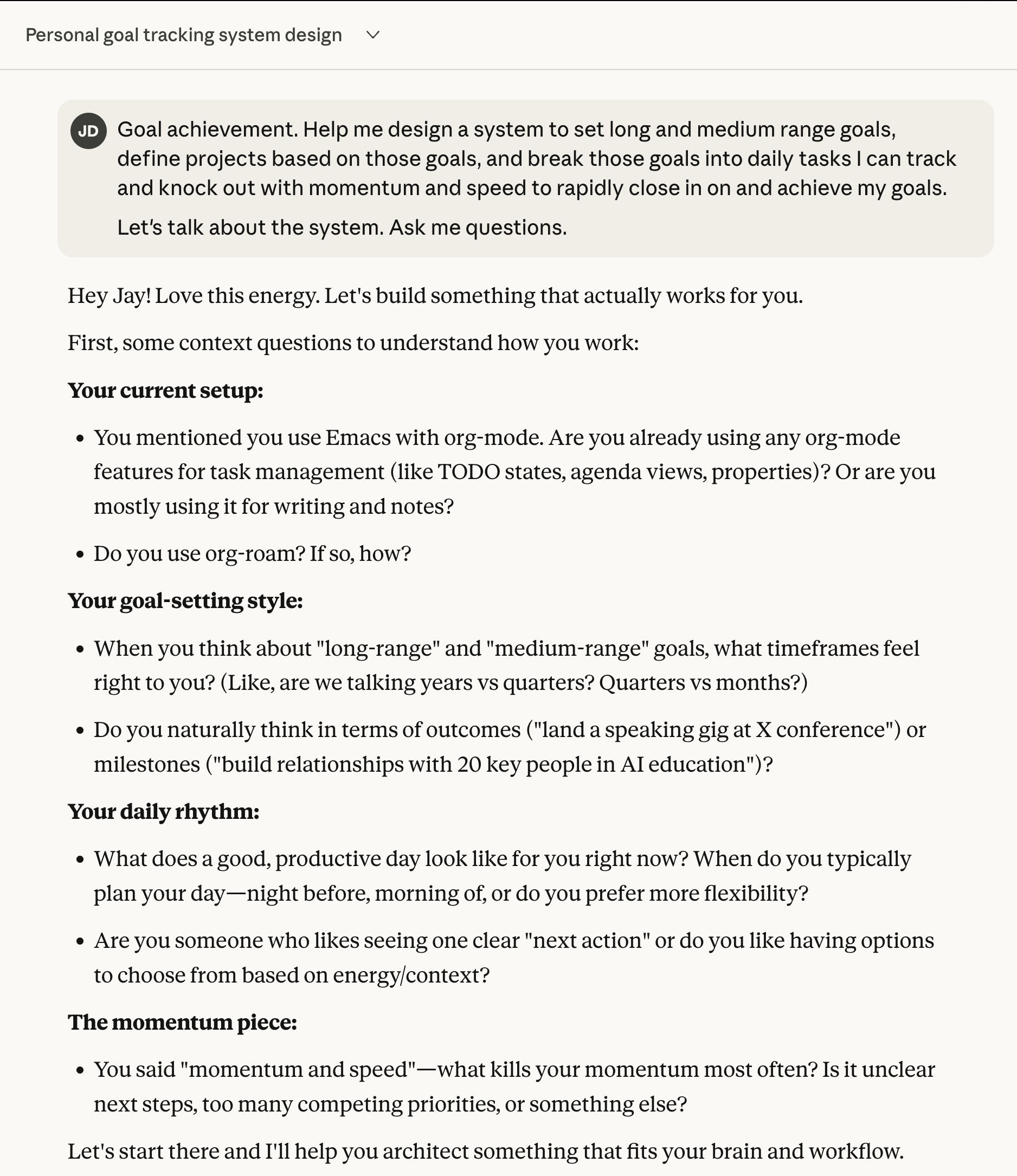Socratic AI
A human-centered approach to AI that uses technology to amplify rather than replace human thinking and creativity.

Socratic AI is a pedagogical approach that frames artificial intelligence as a thinking partner rather than a replacement for human cognition. It’s named after the Socratic method of teaching through questioning.
Core Principles
Questions Over Answers
- AI should prompt deeper thinking, not provide easy solutions
- Focus on “What questions should I be asking?” rather than “What’s the answer?”
- Encourage exploration of assumptions and alternative perspectives
Transparency and Disclosure
- Be explicit about AI use in learning and work processes
- Understand AI’s limitations and potential biases
- Maintain human agency in decision-making
Skill Development
- Use AI to practice and refine thinking skills
- Build critical evaluation capabilities
- Develop better Prompts🌐 and communication skills
Contrast with “AI Replacement”
AI Replacement Approach ❌
- “Generate my essay for me”
- “Give me the answer to this problem”
- “Create my presentation slides”
Socratic AI Approach ✅
- “Ask me questions to help clarify my argument”
- “What are the flaws in my reasoning here?”
- “Help me brainstorm different approaches to this problem”
Educational Applications
Socratic AI is particularly valuable in educational contexts where the goal is learning rather than task completion. It helps students develop:
- Critical thinking skills
- Intellectual curiosity
- Metacognitive awareness
- Communication abilities
Connection to Human-Plus Outputs
When done well, Socratic AI can lead to human-plus outputs - work that combines human creativity and insight with AI’s processing capabilities to achieve results better than either could produce alone.
This approach ensures that ChatGPT and other AI tools enhance rather than diminish human learning capacity.




